Jeep’s new all-electric Avenger has been named Europe’s Car of the Year for 2023, picking up a sizeable chunk of the jury votes.
While it’s a worthy winner, if expensive for what it is, the first thing to say is that most of the cars I reckoned were in contention for the prestigious prize – including my favourites this year, the MG4, the Mercedes-Benz EQE and the BMW i7 – didn’t make the cut for the seven finalists.
As one of the 57 jury members from across Europe who voted this year, I have resisted the Trumpian urge to storm Car of the Year’s Capitol Buildings in a horned fur hat, opting to reluctantly accept the decision of my peers. That’s democracy for you.
[ All-electric Jeep Avenger named Car of the Year for Europe 2023Opens in new window ]
So faced with the final seven new cars as selected by the jury, we put them through the paces, most recently at the Jules Tacheny Circuit – and the surrounding public roads – in Belgium.
READ MORE
In one of the few car awards where each jury member’s votes are published, along with explanations for their decisions, each voter has 25 points to distribute across the seven shortlisted cars, with a maximum of 10 points for any one car and no joint-top score.
Of the wide and varied the criteria we need to consider as judges, two stand out these days: technical innovation and value for money. The auto industry is struggling to balance both. That’s evident from the cars on this shortlist – and their pricelists. As a rule of thumb, though, the best gauge is to ask these questions as you consider a car: how good is it at the job it’s supposed to do, and is it better than its rivals?
On those lines, it was hard to see a standout from the shortlisted seven. However, sticking strictly to the seven finalists, here is how I scored them and a brief explanation why.
Jeep Avenger
Awarded four of my 25 points
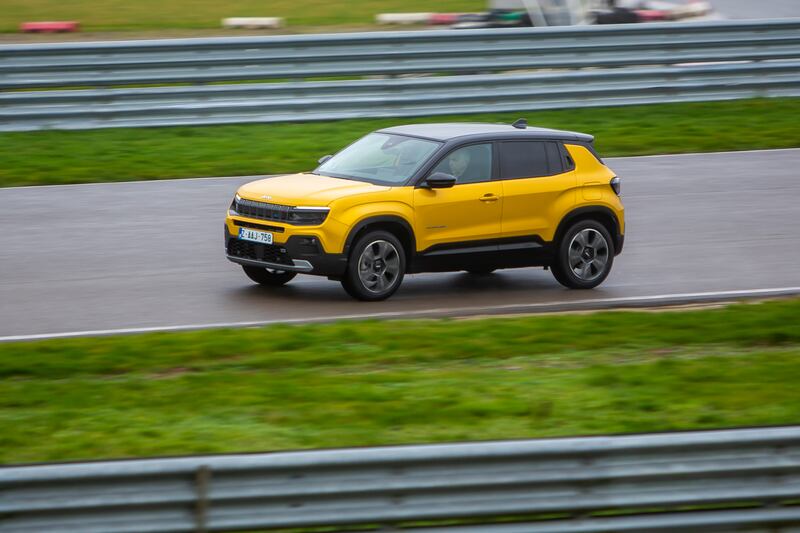
An all-electric electric SUV from the All-American brand (albeit one with Europeans owners at the wheel), the Avenger is an impressively rugged small runaround. A revamp and update on its European cousins, the Peugeot e-2008 and Opel Mokka-e, the Avenger has a good mix of old-fashioned functional charm with proper modern on-road sophistication to win it many fans. Up front is very smart, but it shows its limited size behind the front seats. For the space on offer, it’s quite pricey.
Kia Niro
Awarded one of my 25 points
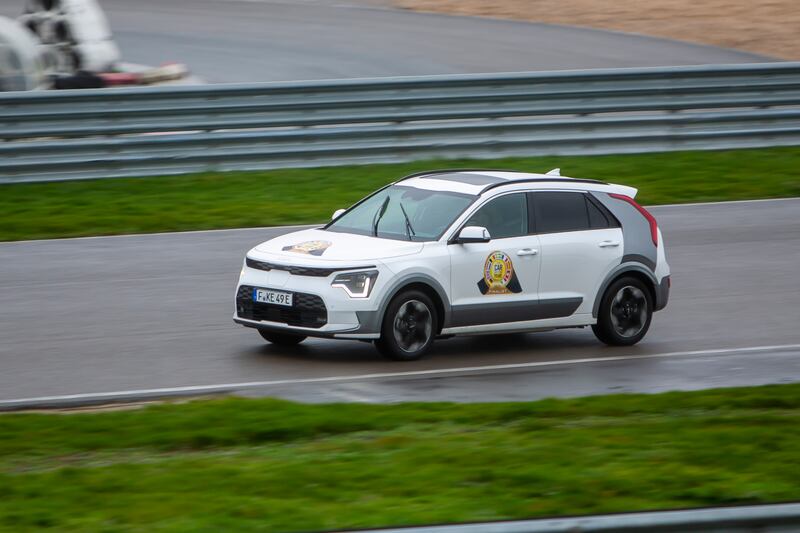
The Korean brand’s update on a popular family crossover offers a much-improved look, both inside and out. The external changes are mostly tweaks, but the revamp of the cabin is a triumph. The only real stumbling block is its driving experience, with the steering feeling a little too light and the ride a bit wooden, particularly given the sharpness of the larger EV6, last year’s winner. The engine line is a mix of hybrid, plug-in hybrid and full electric. Of the three, the all-electric is the best proposition in terms of powertrain refinement and driving dynamics.
Nissan Ariya
Awarded six of my 25 points
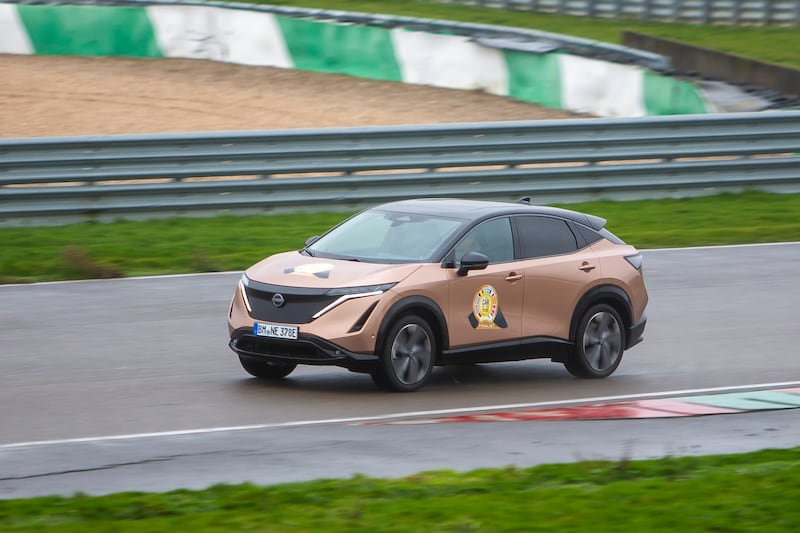
We’ve had to wait a long time for a second all-electric model from Nissan, but what has arrived is certainly impressive. The Ariya’s cabin is a cosmic leap in quality from the brand’s historic cabin. You do tend to ride on rather than in this car, a common trait with these larger all-electric crossovers. That means you don’t feel as much in control of events as you would with some regular models. The direct steering is sporty and responsive, but the ride isn’t quite on the same wavelength. Nevertheless, the Ariya is remarkably well attired – as it should be with prices in Ireland likely to top €50,000.
Peugeot 408
Awarded one of my 25 points
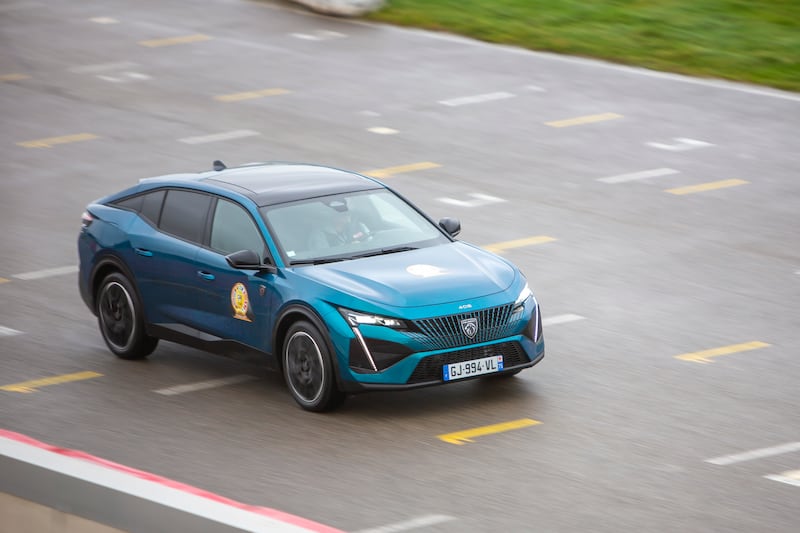
A stylish bridge between the traditional saloon and the crossover craze. As it’s not really as sporty or agile as the 308, comfort is the sought-after feature in a car of this size, and in that regard the sibling Citroën C5 X is the better buy. And that’s why the Peugeot doesn’t score so high.
Renault Austral
Awarded one of my 25 points
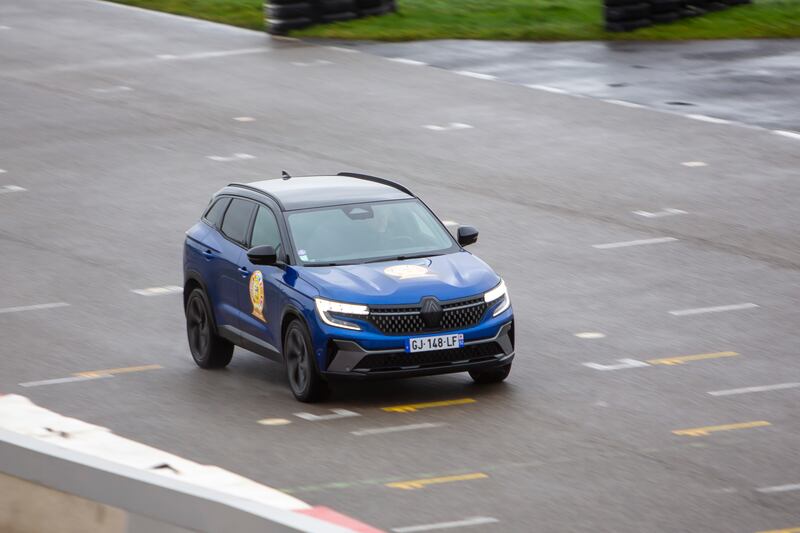
Renault’s replacement for the mundane Kadjar crossover certainly offers a lot more promise. The first model based on a new multi-purpose platform, it allows for a mix of electric and combustion power options. Here it’s a choice of full or mild hybrid. The former is the best buy, but this powertrain set-up is far from refined and it’s the weakest link in an otherwise impressive car. The Austral is spacious, the cabin is really well laid out – particularly the big centre touchscreen. Pity the hybrid powertrain is so out of tune and the ride quality is not stellar either.
Subaru Solterra/Toyota bZ4X
Awarded five of my 25 points
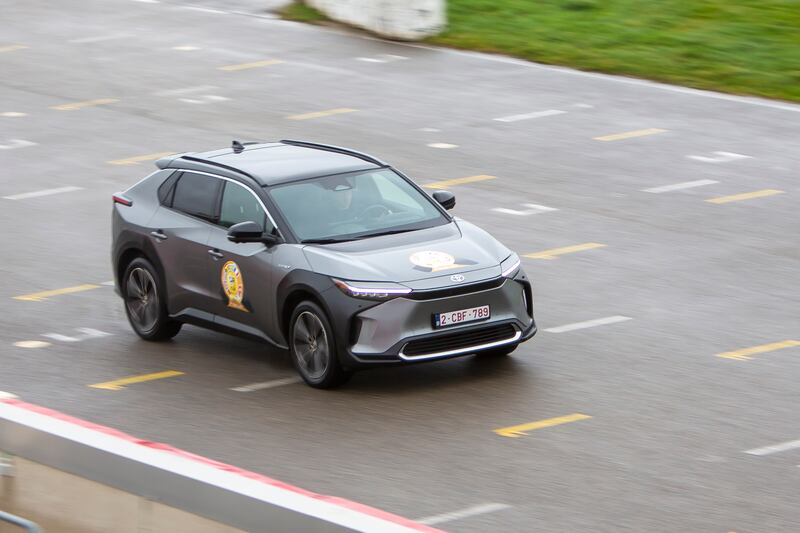
It didn’t get off to the best start, with a recall weeks after the car first hit the road, due to the risk of the wheels falling off. Given the likely fallout from this, you’d suspect a missile wo’t shift the wheels off this car now. Two flavours of the same car here; both badly needed by each brand.
It’s a comfortable, well-considered electric crossover, but as with the Nissan, it doesn’t deliver the most engaging drive. Another skateboard you ride rather than a car you enthusiastically drive. The subtle hands of Subaru engineers may be responsible for some of the more practical touches and for that they deserve credit.
Volkswagen ID. Buzz
Awarded seven of my 25 points

Cynics would suggest the ID. Buzz is little more than an exercise by the VW marketing department. Basically, it’s the same car as the other ID. models but revamped to play on the heritage of a former poster model, the 1960s Transporter 2, that harks back to the psychedelic age of free love.
Whatever about love, the Buzz isn’t free, nor even cheap.
It should also be remembered that we are now at Transporter 7 in the commercial van world, and the Buzz has more in common with it than any hippie wagon of the 1960s.
For all the bright and vibrant colours, this is still another recording of the range that has already given us the ID.3 and ID.4.
As a van, it’s undoubtedly a big boon to have a great-looking all-electric addition to the showroom fleet, but on the passenger car market, it’s arguably too expensive to be considered by many regular Irish family buyers. The five-seater version is already starting in at €66,000, never mind what the seven-seat version is going to cost when it finally lands on these shores. If you have a family that demands seven seats to transport, then it’s likely you’ve got too many bills to be in the market for a car that will set you back €70,000-plus. This is the “people’s wagon” in name only.
Yet there is an undoubted charm to the Buzz, and it delivers its retro looks in a way that only Mini has managed to really pull off so far (certainly better than VW’s earlier attempts to remake the Beetle). It’s the most memorable of the seven finalists, which is relatively faint praise.















